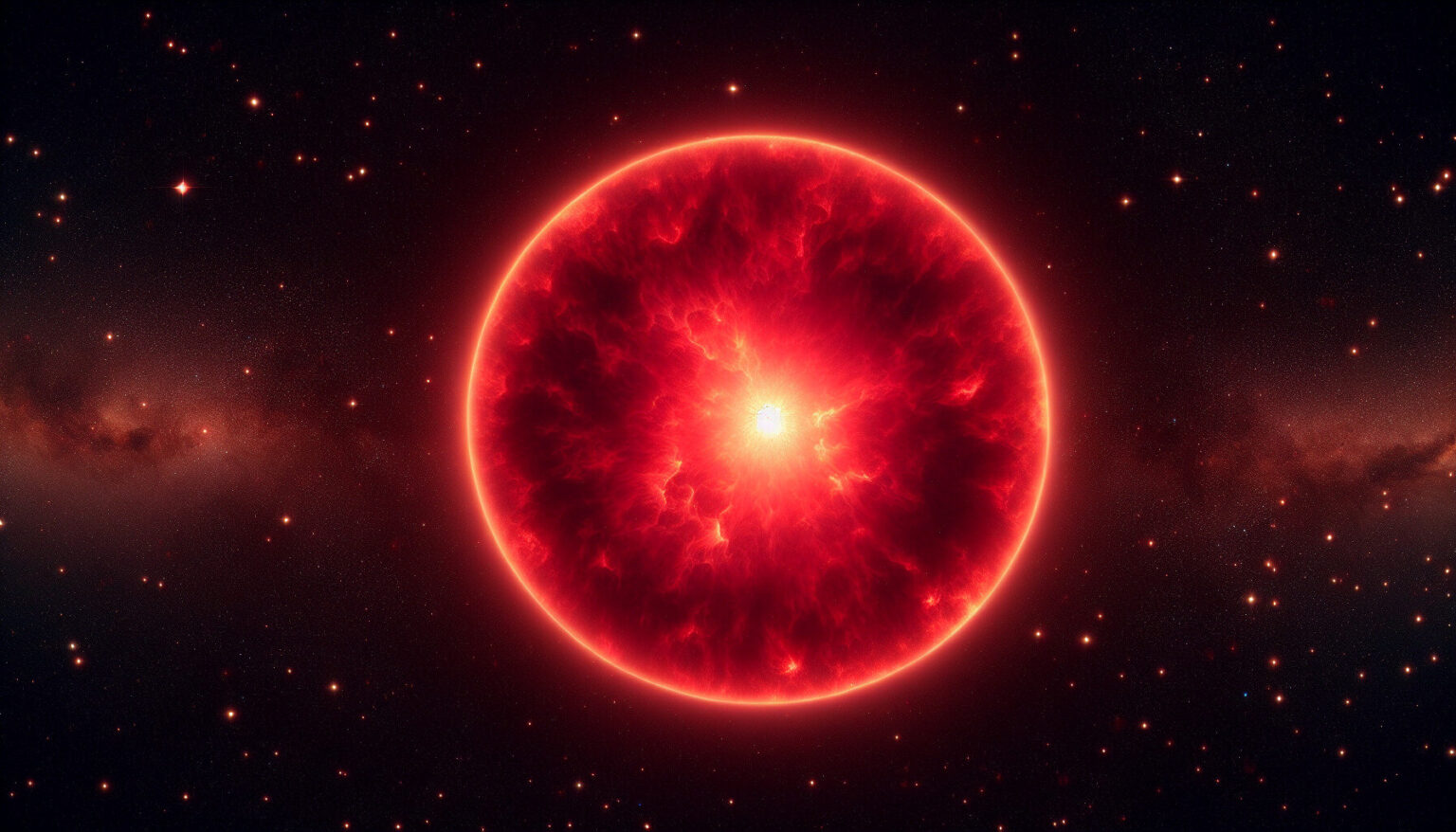The newly discovered star may challenge some models of stellar evolution and how they produce elements as they age.

Exceptional star in the late stages of evolution
All elements in the Universe are formed within stars. As a star ages, the composition of the elements it contains changes. For example, it is generally recognized that they lose lighter elements such as lithium in exchange for heavier elements such as carbon and oxygen during combustion.
But a new study, led by researchers from the University of Florida and involving an astronomer from North Carolina State University, explores a star that seems to be an exception. The study is published in The Astrophysical Journal.
This star, named J0524-0336, was discovered during a study aimed at finding old stars in the Milky Way. It is a pro-evolved star, meaning it is in the late stages of its “life” and is beginning to become unstable. This also suggests that it is much larger and brighter than most other stars of its type, with an estimated size of about 30 times larger than the Sun.
Detection of lithium
The researchers applied spectroscopy, a technique that uses wavelengths of light to measure the amount of elements present in the star, and found large amounts of lithium in J0524-0336, which was unexpected for a luminary of this age.
“When our team initially looked at the spectrum of this star in 2018, we thought there was an error in our data at the place where we would detect lithium,” says Ian Roederer, an assistant professor of physics at North Carolina State University.
“But when I looked more carefully at the data in 2019, I thought that the original data might actually be correct, so I collected an additional spectrum of this star the following month and we confirmed that the signal was real.”
Hypotheses about star J0524-0336
The team proposed several potential hypotheses to explain the high lithium content of J0524-0336. It may be in an as yet undetected phase of the stellar evolutionary cycle, or it may have obtained the element from a recent interaction with another celestial body.
Theoretically, it is believed that old and large stars like this one absorb neighboring planets and neighboring stars as they grow older, so J0524-0336 may have simply picked up another lithium-rich body and hasn’t had time to melt new matter yet.
Rana Ezzeddine, a professor of astronomy at the University of Florida and co-author of the study, believes that given the amount of lithium found in J0524-0336, both hypotheses could conceivably have occurred, but more research is needed.
“If we find a build-up of dust in the star’s circumstellar disk, or the ring of debris and materials being ejected from the star, this would clearly indicate a mass loss event, such as a stellar interaction,” Ezzeddine says. “If we don’t observe such a disk, we could conclude that the lithium enrichment might be happening due to a process, still to be studied in detail, taking place inside the star instead.”
According to phys.org


